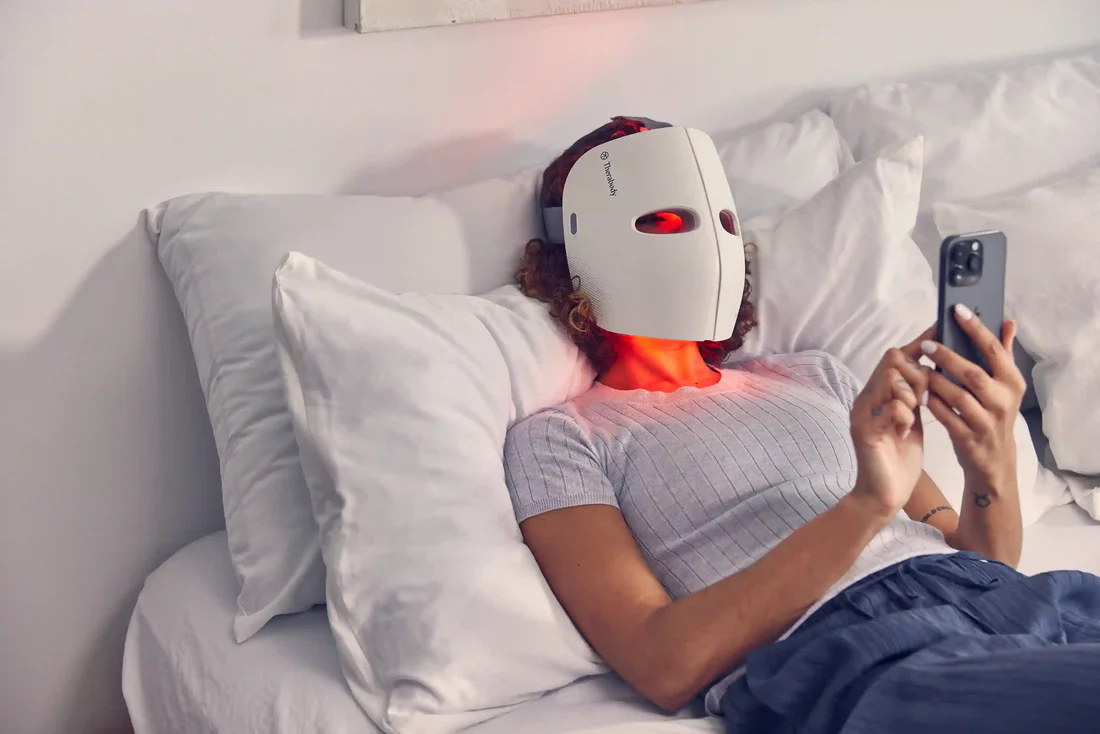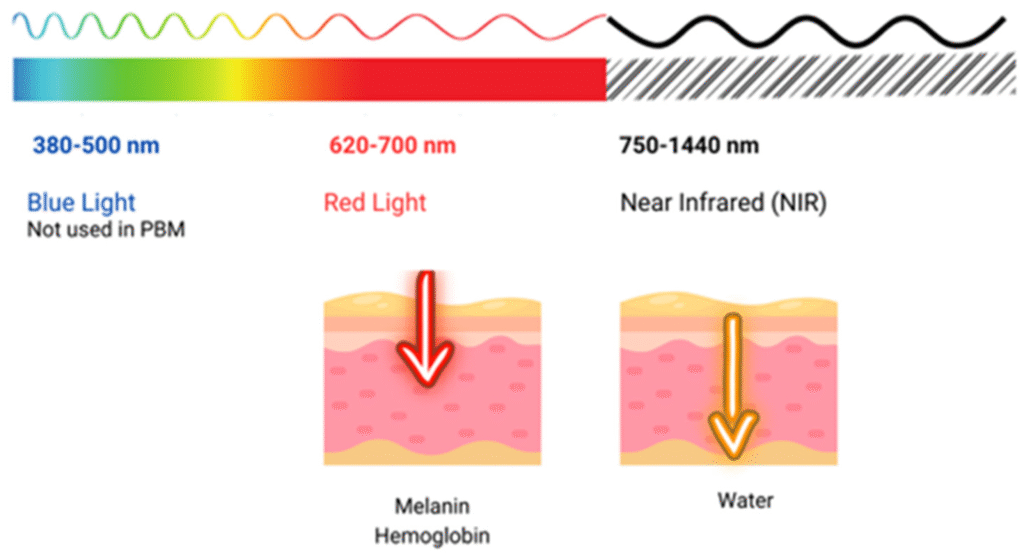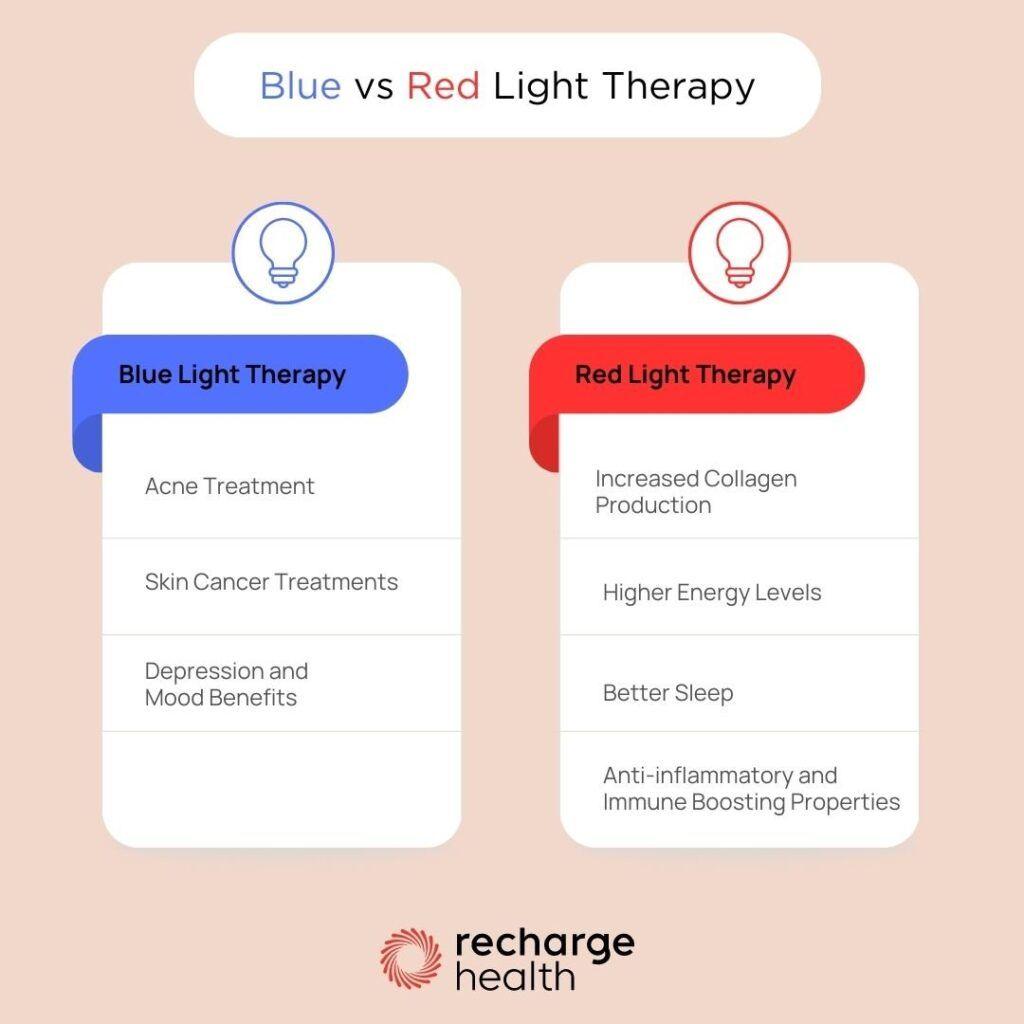Introduction
In the battle of Red Light Therapy vs. Blue Light Therapy: Which Is Better , both modalities offer unique benefits for skin health and wellness. Red light therapy (RLT) excels in anti-aging, collagen production, and wound healing, while blue light therapy (BLT) targets acne and oil control. This comprehensive guide explores their mechanisms, applications, and effectiveness to help you decide which therapy suits your needs.

What Is Red Light Therapy?
Red light therapy (630–700nm wavelength) uses low-level wavelengths to penetrate deep into the skin, stimulating cellular activity. Originally developed by NASA for plant growth, RLT is now a staple in dermatology for its ability to:
- Boost collagen production (reducing wrinkles and fine lines).
- Accelerate wound healing (via mitochondrial stimulation).
- Reduce inflammation (ideal for conditions like arthritis).
- Improve skin elasticity (tightening loose skin).
Key Benefits of Red Light Therapy
- Anti-Aging: Studies show RLT increases collagen density, reducing signs of aging.
- Pain Relief: Effective for chronic pain and joint inflammation.
- Hair Growth: Stimulates follicles to combat hair loss.
- Mood Enhancement: Regulates circadian rhythms, improving sleep and mood.
✅ Also check: LED Light Therapy: Does It Work?
What Is Blue Light Therapy?
Blue light therapy (420–490nm wavelength) targets the skin’s surface, making it ideal for acne treatment. It works by killing Propionibacterium acnes (P. acnes) bacteria and regulating oil production.
Key Benefits of Blue Light Therapy
- Acne Reduction: Destroys acne-causing bacteria.
- Oil Control: Regulates sebaceous glands to reduce shine.
- Pore Minimization: Tightens pores for smoother skin.
- Anti-Inflammatory: Calms redness and irritation.
Red Light vs Blue Light Therapy: Head-to-Head Comparison
✅ Also check: Best 7-Color LED Light Therapy Chart
Can You Combine Red and Blue Light Therapy?
Yes! Combining RLT and BLT offers synergistic benefits:
- Acne & Scarring: BLT kills bacteria, while RLT reduces inflammation and fades scars.
- Skin Rejuvenation: RLT boosts collagen, and BLT evens skin tone.
A 2015 study found that combined therapy reduced acne lesions by 77% over 12 weeks , outperforming single-wavelength treatments.
Safety and Side Effects
- Red Light Therapy: Generally safe, with no UV exposure. Mild side effects include temporary redness.
- Blue Light Therapy: Avoid overuse; may cause irritation. Wear eye protection during sessions.
✅ Also check: Common Myths About Cavitation

Case Studies and Research
- Acne Treatment: A 2021 meta-analysis showed RLT and BLT equally reduced mild-to-moderate acne, but RLT caused fewer adverse reactions.
- Skin Cancer: BLT combined with medication effectively treats pre-cancerous lesions.
- Wound Healing: RLT accelerated healing in 90% of patients post-surgery.
How to Use Light Therapy at Home
- Cleanse Skin: Remove makeup and oils.
- Apply Device: Use for 10–15 minutes daily (per device instructions).
- Moisturize: Follow with skincare products to lock in benefits.
✅ Also check: Do Home Results Compare to Professional?
FAQs
Q: Can I use both therapies daily?
A: Yes, but start with 3x/week to avoid irritation.
Q: Which is better for wrinkles?
A: Red light therapy, due to collagen-stimulating effects.
Q: Does BLT help with aging?
A: Limited; it’s best for surface-level concerns like acne.
Expert Insights
“Red light therapy is a game-changer for long-term skin health,” says Dr. Jane Smith, a dermatologist. “Blue light is excellent for acne but lacks RLT’s versatility.”
Conclusion: Which Is Better?
For overall skin health and anti-aging , red light therapy wins. For targeted acne treatment , blue light is ideal. Combining both offers the most comprehensive results.
👉 Explore Professional-Grade Devices: Shop Now
✅ Also check: Morpheus8 vs Sylfirm X
✅ Also check: Cryoskin 3.0
✅ Also check: Aesthetic Device ROI
✅ Also check: Understanding Contraindications
✅ Also check: Laser Hair Removal Technology
✅ Also check: Cavitation vs Laser Lipo
🌍 External Link: Blue Light Gels for Acne
🌍 External Link: Lifestyle Habits for Skin Health
Final CTA: Ready to transform your skin? Explore our range of LED therapy devices and find the perfect solution for your needs! Shop Now

